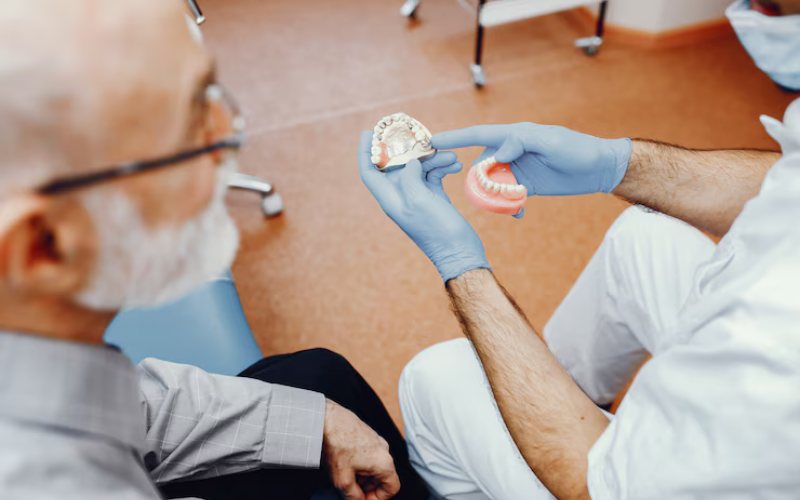
Why Bone Grafting Is Essential for Dental Implants
Understanding the role of bone grafting becomes essential when considering dental implants. Bone grafting is a preparatory procedure to ensure dental implants’ success and longevity. It addresses insufficient bone structure in the jaw resulting from tooth loss, trauma, or periodontal disease.
The Science Behind Bone Grafting
Bone grafting involves transplanting bone tissue to the jawbone’s deficient areas. This tissue can come from your body, a donor, or synthetic materials designed to stimulate bone growth. The procedure fills gaps and promotes new bone growth over time, creating a sturdy foundation for implant placement.
Using advanced imaging technology, dental specialists meticulously assess each patient’s bone density and structure. This personalized approach ensures that bone grafting procedures are tailored to individual needs, maximizing the chances of implant success.
Types of Bone Grafts Used
There are several types of bone grafts used in dental procedures:
- Autogenous Grafts: Bone harvested from the patient’s body, often from the chin, jaw, or hip.
- Allografts: Donor bone sourced from a tissue bank.
- Xenografts: Bone from animal sources, specially processed to be biocompatible.
- Synthetic Grafts: Bioactive materials that promote new bone growth.
Each type has advantages and is chosen based on the patient’s condition and treatment plan.
When Is Bone Grafting Necessary?
Bone grafting is recommended when the jawbone lacks the necessary strength or volume to support dental implants. Common situations include:
- Tooth Loss: After losing a tooth, the surrounding bone may begin to resorb or deteriorate over time.
- Periodontal Disease: Advanced gum disease can lead to bone loss around the teeth.
- Trauma: Facial trauma or injury may damage the bone structure, necessitating repair before implant placement.
The Bone Grafting Procedure
Before proceeding with dental implants, dentists ensure thorough planning and preparation for the bone grafting procedure. This involves:
- Consultation and Evaluation: Comprehensive assessment of oral health and bone structure.
- Grafting Process: Expert placement of bone graft material in the deficient areas of the jawbone.
- Healing and Integration: Monitoring the healing process to ensure proper graft integration with natural bone.
Recovery and Implant Placement
Following bone grafting, a healing period of several months is typically necessary to allow for new bone growth and stabilization. Once the jawbone has sufficiently healed and integrated the graft, dental implant placement can be considered; this staged approach ensures that implants have a solid foundation for long-term stability and functionality.
Benefits of Bone Grafting
- Enhanced Implant Success: Improves the likelihood of successful implant placement and long-term stability.
- Preservation of Facial Structure: Helps maintain natural facial contours and prevents bone deterioration.
- Support for Multiple Implants: Enables complex restorative procedures with predictable outcomes, such as full-arch restorations.
Understanding the role of bone grafting in dental implant procedures is crucial for informed decision-making. Whether in Cincinnati or beyond, choosing the right dental care provider, like your trusted dentist in Cincinnati, MK Dental Excellence, ensures you receive personalized treatment that prioritizes your oral health and overall well-being.For more information or to schedule a consultation, contact MK Dental Excellence today





